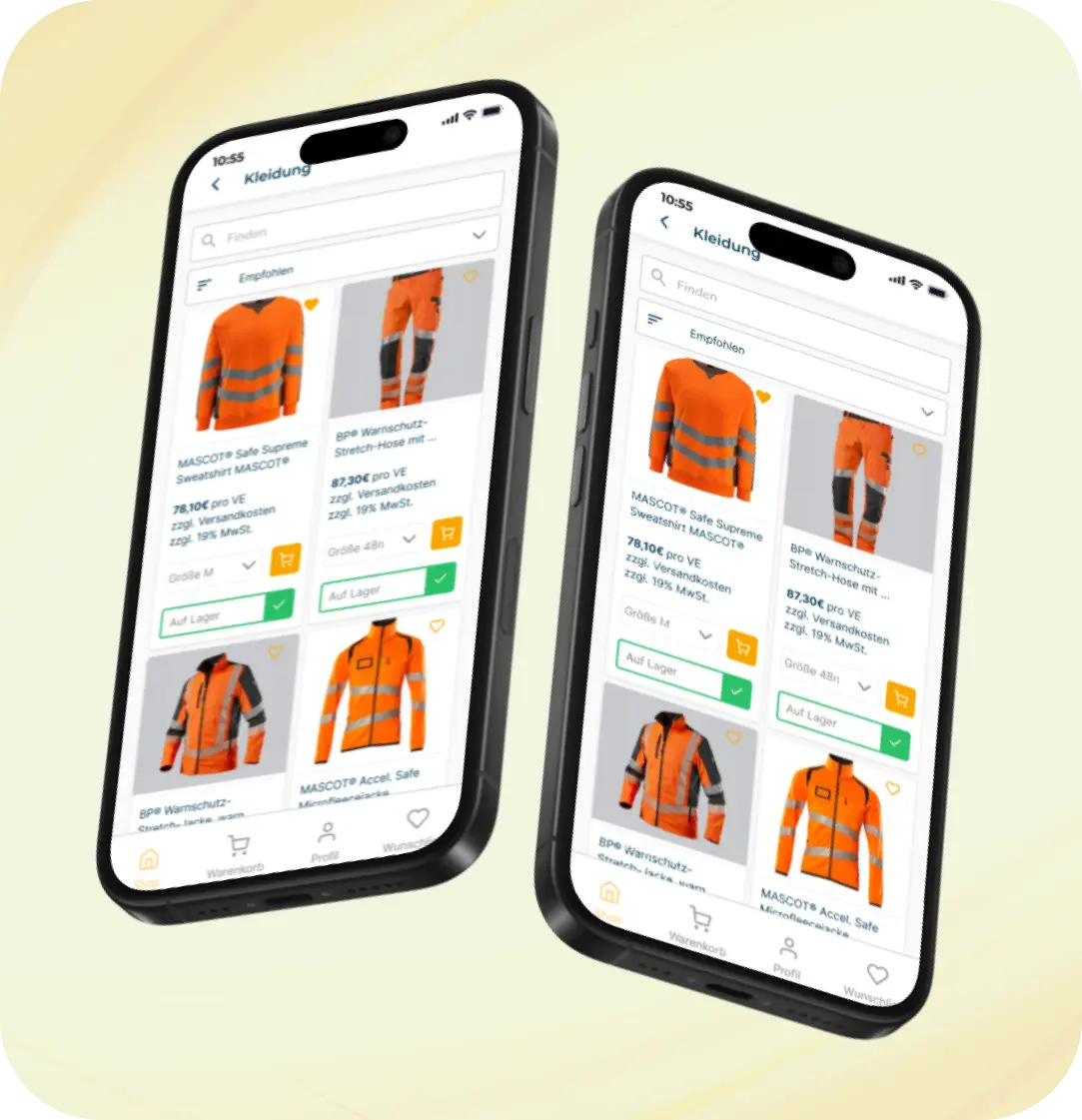
Client Requirement
Trebes + Henning is a specialized provider of work safety and protective gear, offering high-quality products for professionals. Their business model focuses on providing a seamless shopping experience for users to purchase safety equipment using a predetermined budget, either online through their My T+H Mobile App or the official website.
Project Objective
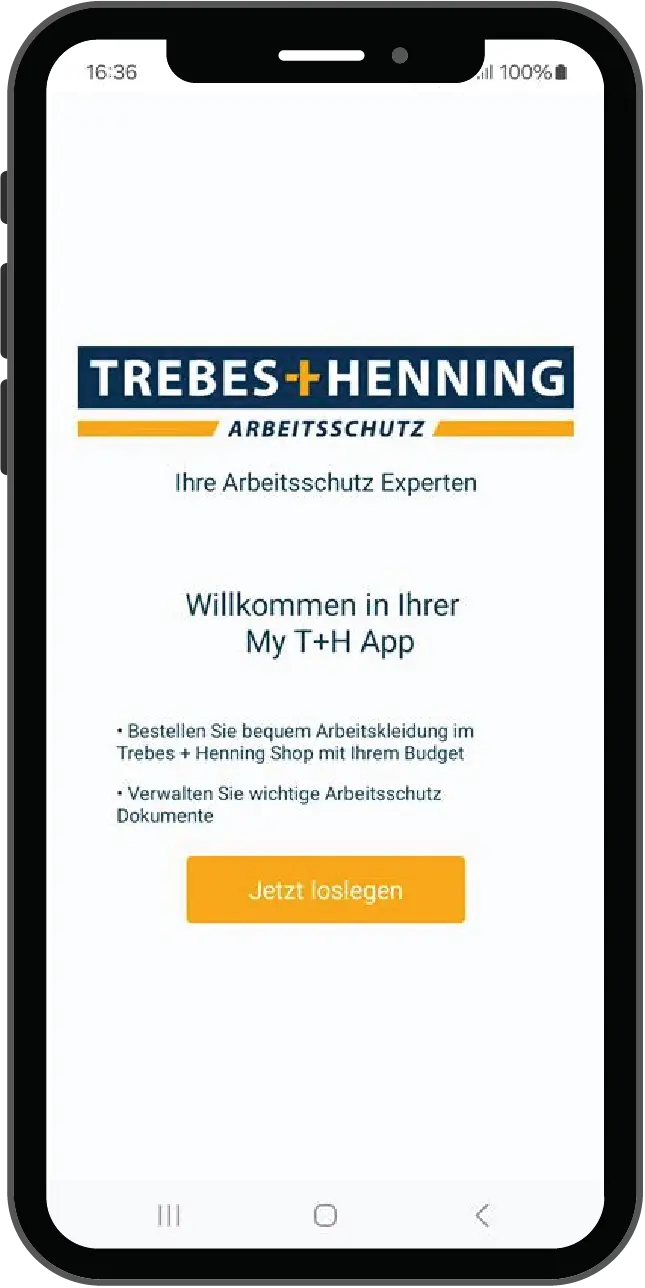
Key Features of the Mobile App:
Key Features of the Website:

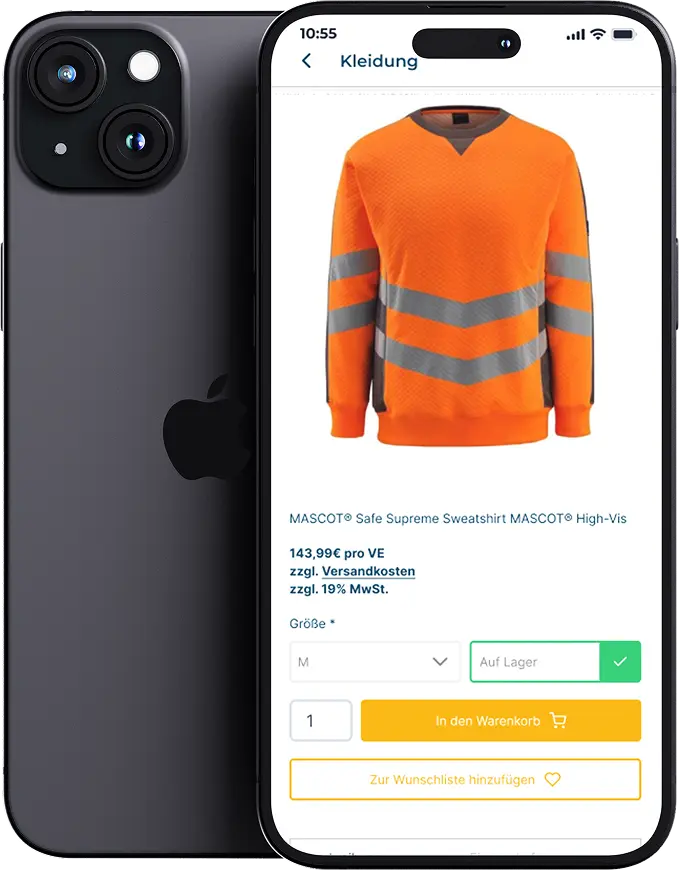
Key Integration Features:
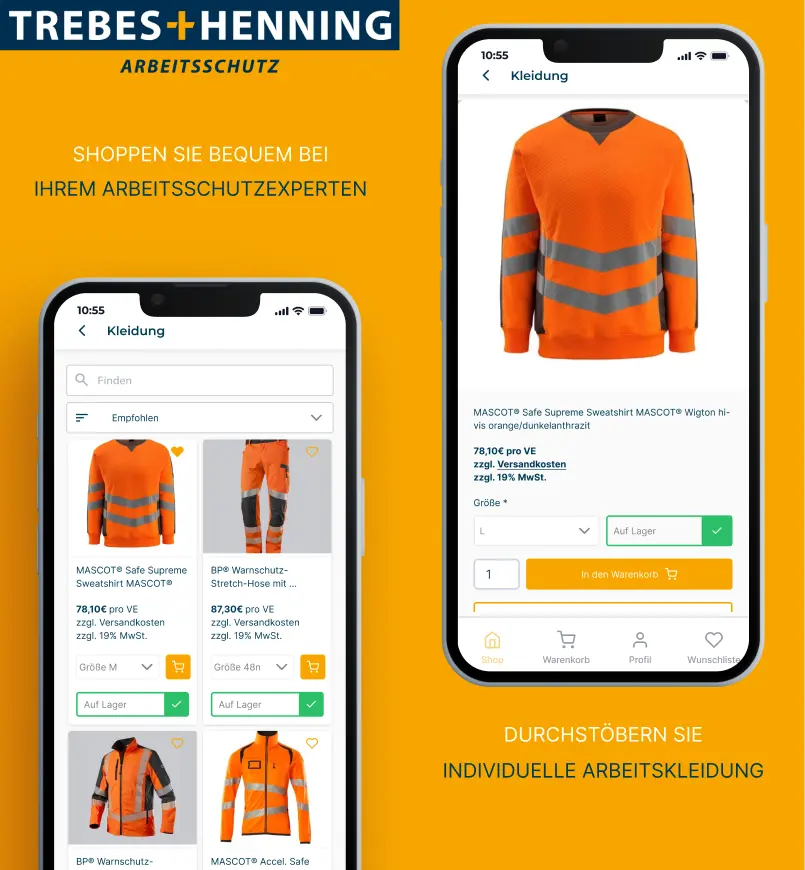
Challenge
Solution
Challenge
Solution
Challenge
Solution
Challenge
Solution

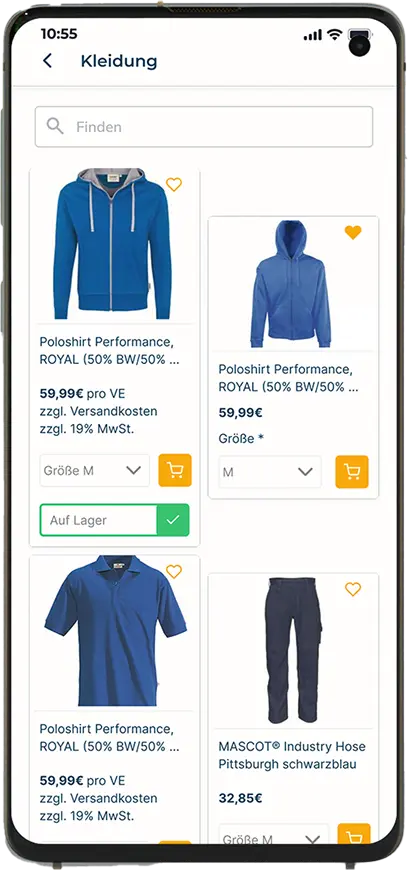

Frontend for Mobile App

Backend for Mobile App

For Payment Solution

For Storing the data

CMS used to build this website

For Ecommerce functionality